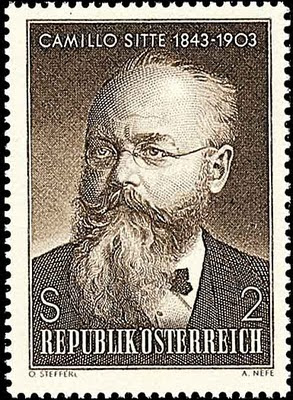Camillo Sitte The Art Of Building Cities Pdf Editor
Posted By admin On 01/07/18

Sitte's book “City Building According to Artistic Principles” established basic principles of urban design. Planning should be a creative art and the interplay between public buildings and open spaces was paramount to good planning. Google Sketchup Pro 8 Para Mac Crack. Camillo Sitte: City Planning According to Artistic.
Brogi Visione Veneziana Pdf File here. Keil Mdk Arm 5 Download. Urban planning designs settlements, from the smallest towns to the largest cities. Shown here is from Western District overlooking, across. Planning theory is the body of scientific concepts, definitions, behavioral relationships, and assumptions that define the body of knowledge of urban planning. There are eight procedural theories of planning that remain the principal theories of planning procedure today: the rational-comprehensive approach, the incremental approach, the transactive approach, the communicative approach, the advocacy approach, the equity approach, the radical approach, and the humanist or phenomenological approach. Contents • • • • • • • • • • • • • • • • Background [ ] The modern origins of urban planning lie in the movement for urban reform that arose as a reaction against the disorder of the in the mid-19th century.
Urban planning exists in various forms and it addresses many different issues. Urban planning can include, by adapting urban planning methods to existing cities suffering from decline. Alternatively, it can concern the massive challenges associated with urban growth, particularly in the. In the late 20th century, the term has come to represent an ideal outcome in the sum of all planning goals. Blueprint planning [ ] Following the rise of empiricism during the industrial revolution, the rational planning movement (1890–1960) emphasized the improvement of the built environment based on key spatial factors. Examples of these factors include: exposure to direct sunlight, movement of vehicular traffic, standardized housing units, and proximity to green-space. To identify and design for these spatial factors, rational planning relied on a small group of highly specialized technicians, including architects, urban designers, and engineers.